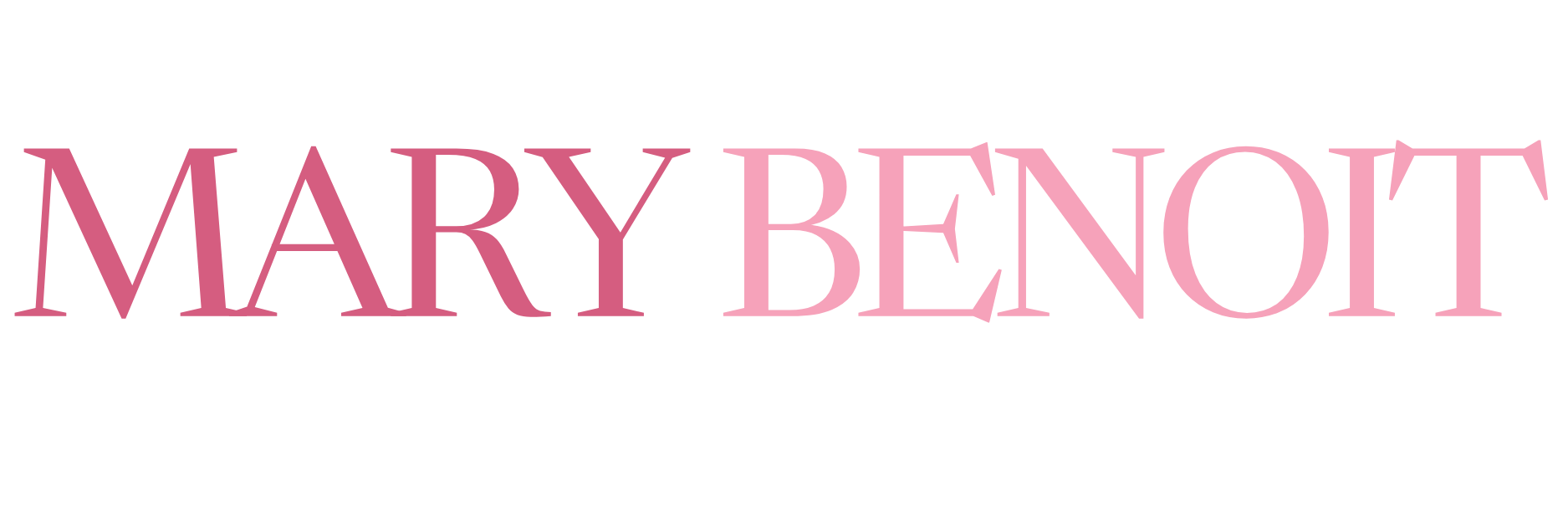Disclosure: Product links shared in this post are affiliate links, which means you get an exclusive discount or pay the normal price depending on the site, and I receive a commission for recommending things I believe in! Win-win💖
Disclaimer: I am not a medical professional and therefore cannot prescribe, treat, or diagnose. I’m a mom and health coach sharing my knowledge and experiences for educational purposes. This does not take the place of any professional medical advice.
The health of the pelvic floor doesn’t receive the attention it deserves until issues arise. In fact, I never even knew what my pelvic floor was until after I gave birth!
The pelvic floor is a group of muscles and connective tissues that act like a hammock at the base of the pelvis between the pubic bone and the tailbone. It’s responsible for holding the pelvic organs in place, which include the bladder, urethra, vagina, uterus, bowel, rectum, and anus. (See image here.) It plays a major role in continence, sexual function, and stabilization of the core.
Giving birth can substantially weaken these muscles, leading to issues such as incontinence, prolapse, and decreased sexual satisfaction.
Walking is a low-impact exercise that gently works the muscles of the lower body and core without putting excessive strain on the healing tissues. It aids in healing post-cesarean and can contribute to overall postpartum fitness.
In the early weeks after childbirth, start with short and slow walks, gradually increasing duration and speed as your body permits. Listen to your body, and if you feel any discomfort, it’s a sign to ease back.
Engaging in regular walking can boost endorphins, improve mood, and reduce anxiety. Fresh air and a change of scenery can do wonders for your mental well-being.
Walks around the neighborhood are a great way for you and Baby to get out of the house! You may appreciate having the stroller for some extra support starting off. Carrying Baby in your wrap is also a valid option, and these are my favorite shoes – cute, light, and comfy!
Regular walking can help build strength in the pelvic floor and legs! Each step has pelvic floor muscles working to support the weight of the upper body, and the movement of the legs.
The rhythmic nature of walking serves as a gentle way to keep the pelvic floor strong and flexible while promoting proper circulation.
Good posture is essential, especially for mothers who may already have weakened core muscles. Engage your abdominal muscles and keep your chest high. This will support the spine and the pelvic floor muscles.
Walking is a simple and powerful way to support your health, well-being, and vitality of your pelvic floor. Every mother’s postpartum experience is unique. What works for one person may not work for another, so individual medical advice should always be sought whenever in doubt.
Happy walking!
xo, Mary
P.S. If you liked this article, you may also enjoy this Stress Relief Checklist for New Moms here.

